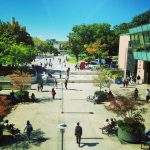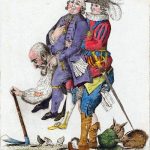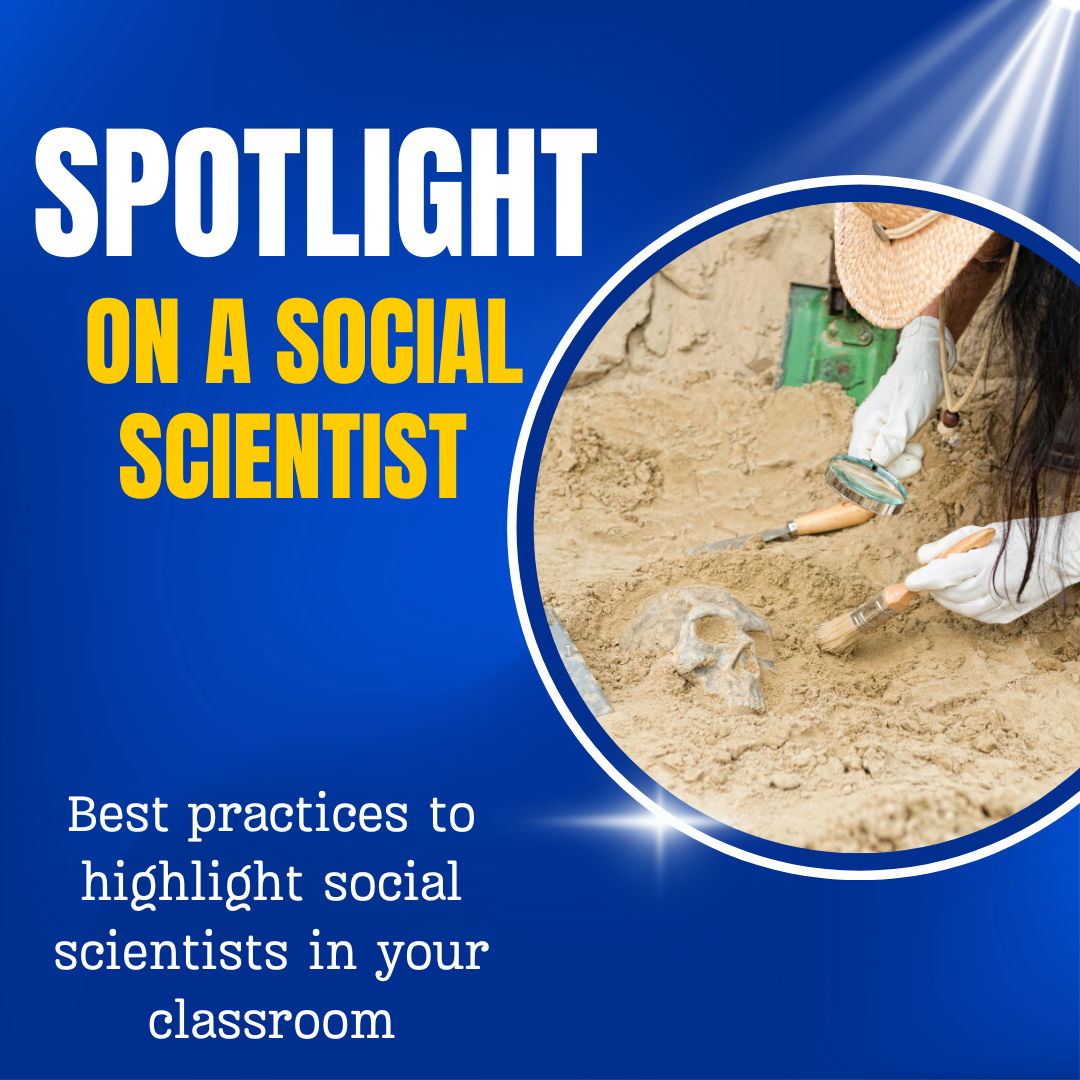
“Spotlighting” in the Social Sciences is meant to highlight the contributions of practicing social scientist in the Social Sciences and Humanities curriculum (Strand A). It is also a way to make your pedagogy culturally responsive, relevant and sustaining for your students.
Often when teaching social sciences, we tend to focus on the “big names” like Philip Zimbardo, Solomon Asch and Jane Goodall. While these individuals have earned their place in our courses and are certainly important in their own right, we should also populate our slidedecks with images of social scientists that reflect the populations that we teach. An added bonus to doing this is that it shows students individuals who are in the field currently. For example, did you know that there are linguistic anthropologists studying the linguistic use of the emoji? Or that there are sociologists who are researching the ways in which social stratification impacts a person’s accessibility to political participation?
I’d recently listened to a podcast from Ologies where the host Ali Ward interviewed Dr. Suzanne MacDonald, a Behaviour Psychologist who works out of the Psychology Department of Toronto’s York University, where she studies the memory and cognitions of raccoons. Strangely, as someone who’d only really scraped the surface of gender stratification in my own studies at university, it hadn’t dawned on me that there were many ways to investigate the social sciences and that those ways didn’t necessarily have to be specifically human-centered.
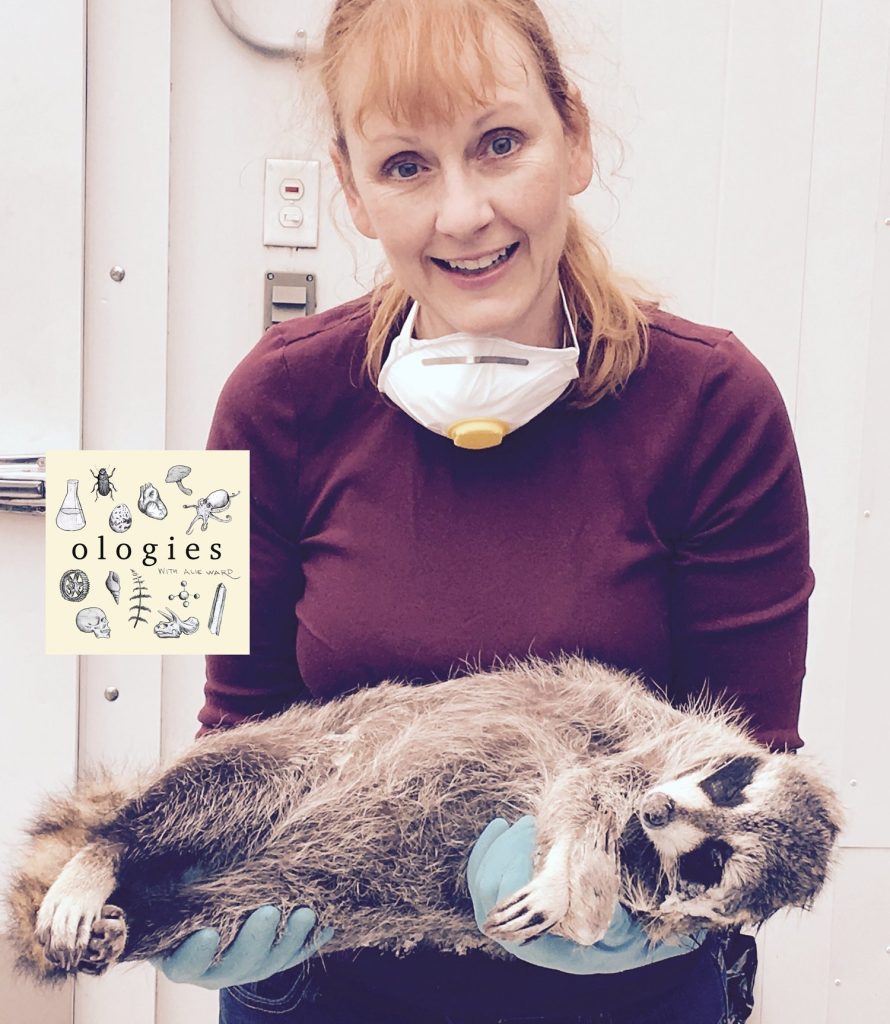
When teaching the paradigms (or schools of thought, as our textbooks will often call it), alongside the movers and shakers of the various social sciences, there are average people doing above average, important work. These are people who, like our students, will eventually propel their fields forward and allow us to have a greater understanding of human and non-human populations.
In my slidedecks, especially toward the start of a unit, I include slides that I call “Spotlight on a Social Scientist.” Therein I will provide a brief overview of a social scientist who is currently engaging in the various schools of thought. (see sample slide below)

If you’re unsure of where to start, a good place is the university or college that you graduated from or one that is near to the community you teach in. If you search the various departments of Anthropology, Sociology and Psychology, you will find a listing of faculty members wherein a photo and a brief overview of their field of study is provided. Not only does this showcase Canadians doing impressive work, it illustrates to our student populations that that could be them one day!
Beyond your local post secondary institutions, there are podcasts like Ologies and YouTube channels like TED that feature social scientists like thanatologist, Cole Imperi and sociolinguist, Dr. John McWhorter.
Programs like Skype a Scientist also allow you to digitally connect your class to someone working in social science fields. My students have virtually met an anthropologist studying burial practices, a neuroscientist researching brain plasticity in the visually impaired, and a conservation sociologist who co-founded Resolve Conservation.
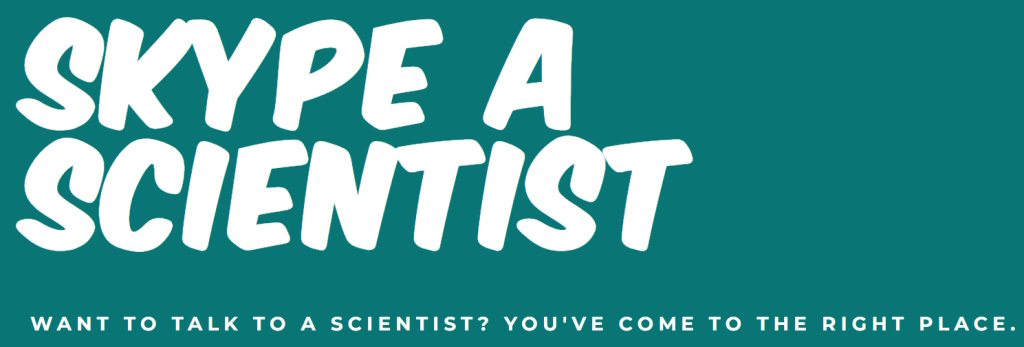
There are numerous ways to bring the social sciences to your classroom in a relatable way. What are some ways that you engage your students with careers in the social sciences?
Christina Iorio is a teacher with the York Catholic District School Board and is a regular contributor to social media platforms regarding all things history and social science.
Instagram: https://www.instagram.com/therealmsiorio/
